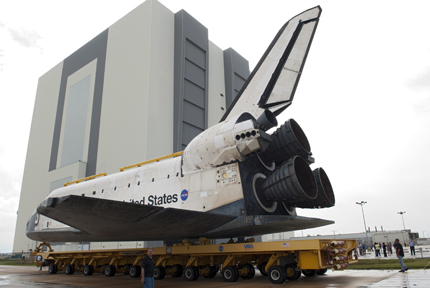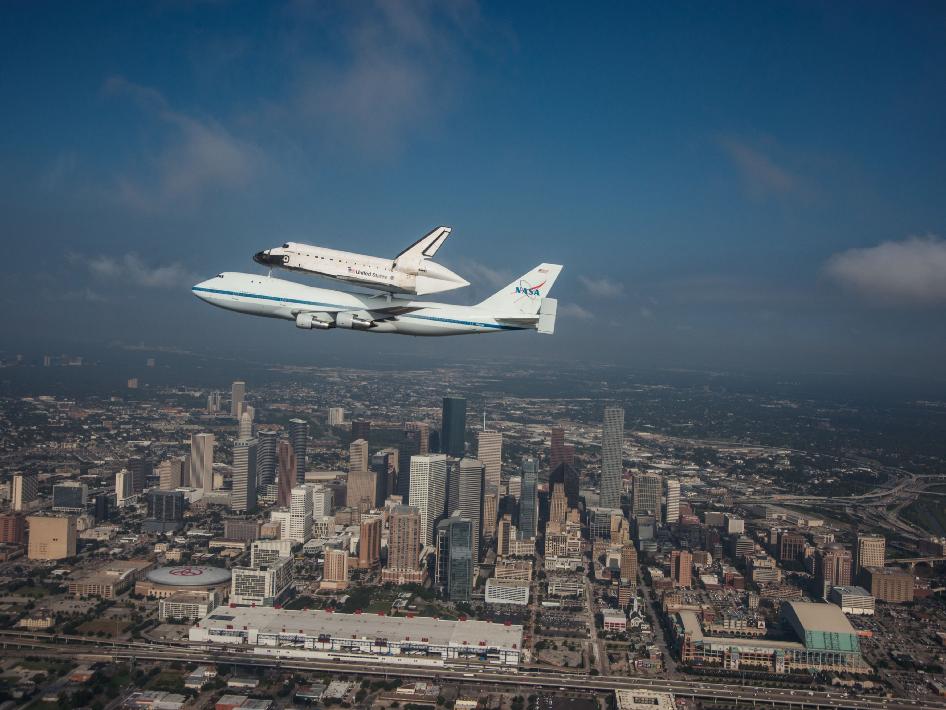Columbia, NASA’s first orbiter, was delivered to Kennedy Space Center in March, 1979. Columbia initiated the Space Shuttle flight program when it lifted off on April 12, 1981. Proved the concept of a reusable spaceship by successfully completing the Orbital Flight Program. Columbia also recovered a long duration exposure facility satellite from orbit during mission STS-32 in January, 1990 and the STS-40 space lab life sciences mission in June, 1991. The space lab is the first manned mission totally dedicated to human medical research. Columbia was destroyed over east Texas on its landing decent to Kennedy Space Center on February 1, 2003. Columbia was named after a small sailing vessel that operated out of Boston in 1792 and explored the Columbia River.
The next shuttle is called Challenger. NASA wanted to get a lighter orbiter but needed to be ensured that the lighter frame could be able to withstand the stress of space flight. NASA tested it if it were to be able to go to space and it passed. In April 4, 1983, challenger launched on her maiden voyage and carried the first American woman, Sally Ride, into space. Challenger was the first to carry two U.S. female astronauts on mission. Sadly, Challenger’s service ended in January 28, 1986. A booster failure cause an explosion and killed seven astronauts. This shuttle was named after the British naval research vessel HMS challenger that sailed the Atlantic and Pacific oceans during the 1870’s.
Discovery was NASA’s third shuttle and arrived at the Kennedy Space Center in Florida in November, 1983. It was launched on August 30, 1984 for its first mission to deploy three communications satellites. Discovery has completed more that 30 successful missions surpassing any other shuttle. The shuttles name comes from a British explorer James Cook in the 1770’s during his voyages in the South Pacific.
Atlantis, the next space shuttle, began its construction on March 3, 1980. This new shuttle is 3.5 tons lighter than Columbia. Atlantis launched on its first space flight on October 3, 1985, carrying a classified payload for the U.S. Department of Defense. Atlantis pioneered the Shuttle-Mir missions, lying the first seven missions to dock with the Russian space station. When linked, Mir and Atlantis formed the largest spacecraft in orbit at the time. Atlantis has delivered several vital components to the international space station. Atlantis was name after a boat that served as a research vessel for the Woods Hole Oceanographic Institute in Massachusetts from 1930 to 1966.
| Atlantis |
 |
| Endeavour |
 |
Authorized by the Congress in August, 1987 as a replacement for the space shuttle challenger, Endeavour arrived at the Kennedy Space Center’s shuttle landing Facility on May 7, 1991. It was brought on a new Space Shuttle Carrier Aircraft. Endeavour launched for the first time on March 7, 1992. One of Endeavor's missions was to capture INTELSAT VI and replace its rocket motor. Although he space shuttle wasn’t designed to retrieve the satellite. This spacecraft got its name through a national competition involving students in elementary and secondary schools. Endeavour was named after a ship chartered to traverse the South Pacific in 1768 and captained by James Cook. Thank you for Reading this.
NASA website
Return to Lion Times